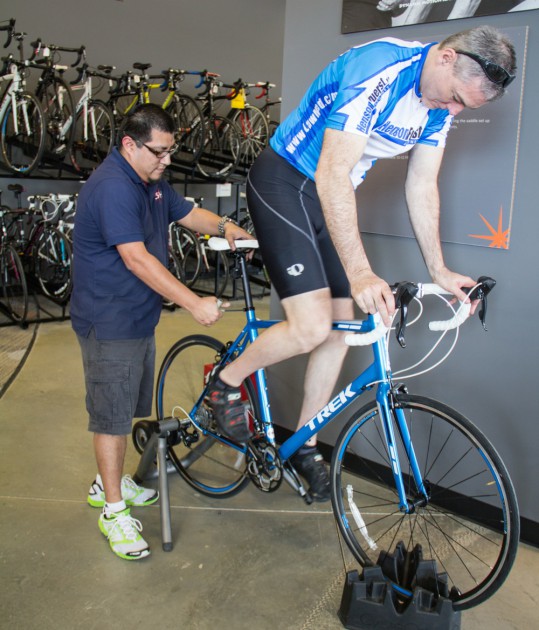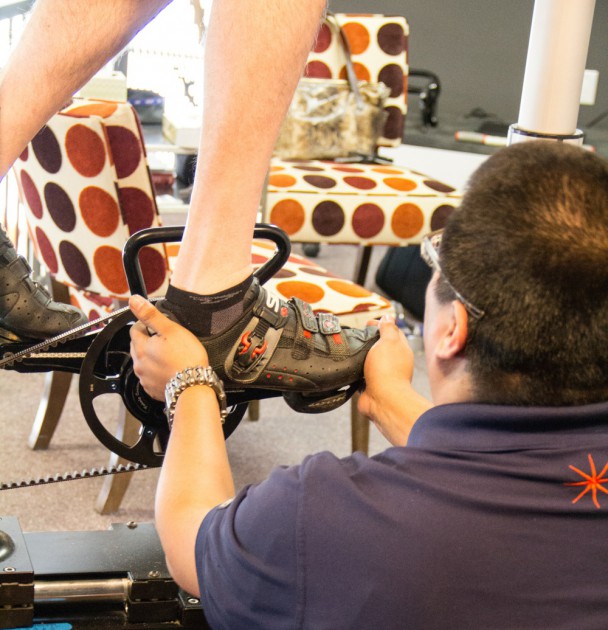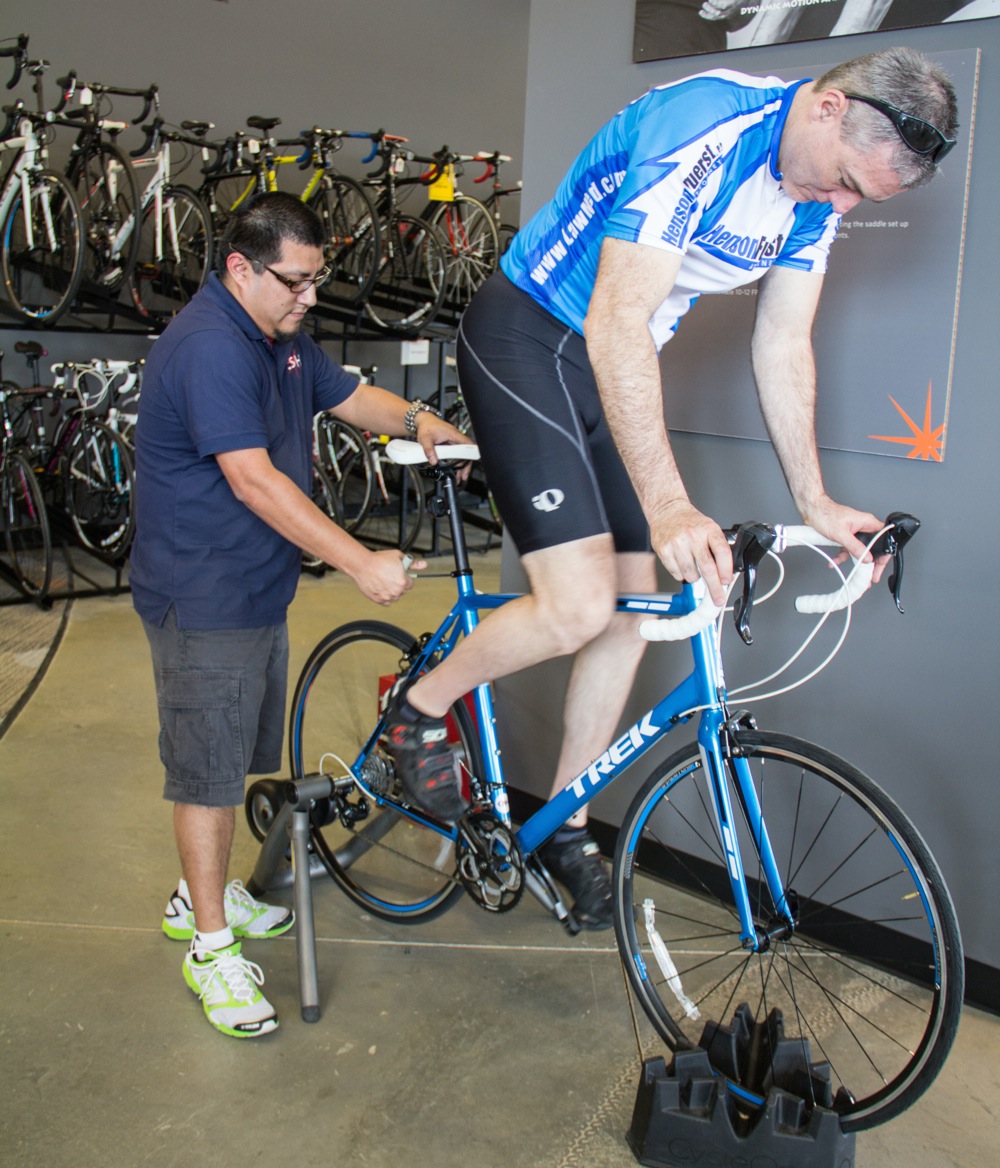

By Thomas Henson Jr.
Here’s a pop quiz: What is the single most important factor to consider when choosing a new bike?
- Brand
- Reviews from cycling specialists
- Recommendations from fellow cyclists
- All of the above
The answer is actually “none of the above.” (OK, that was a bit of a cheat.) The single most important factor to consider is how the bike fits your body.
Yes, it’s important to do your homework before buying a new bike: Gather information from a variety of sources. Check out performance stats from cycling magazines. Read blogs and brand support questions. Then, when you think you know the bike you want, go to a local bike shop and ask for a fitting.
Why Fit Is Key
As a personal injury lawyer who has seen far too many catastrophic cycling injuries, I’ve made it my mission to work to prevent people from getting hurt. Even minor injuries can change your quality of life … and cycling offers many opportunities for pain.
Riding a bike creates biomechanical stress on just about every part of your body. Without proper body alignment from the seat down to the pedals, your leg joints can take a beating. Your grip on the handlebars can affect your shoulders, kink your neck, and tweak your spine. If you ride enough, you could even blow out your knees on a bike that doesn’t fit properly. A bike with a good fit minimizes the risk of personal injury.
In addition to physical pains, an ill-fitting bike can cause fatigue. At the end of a ride, if you’re exhausted and focused on getting off the bike, you’re less likely to be aware of your surroundings. You don’t want to pull in front of a car just because you’re tired.
Fit the Bike, Not the Rider
To get a handle on what a good bike fit means, I met with Dave Naderman, a fit specialist at Cycling Spoken Here, a Cary, N.C., bike shop (www.cyclingspokenhere.com).
He says that you don’t fit a person to a bike … you fit the bike to the person. That means that rather than choosing a bike and doing a few back-end adjustments, a better option is to allow the fit specialist to find the best bike for you, based on your body’s unique needs.
Static Fit
The most basic fit involves putting your bike on a raised mount that keeps the wheels off the ground. While watching you ride, the fitter can see whether you’re meeting the basic body angles:
- Is your leg almost fully extended at the bottom of the pedal stroke, with just a slight bend at the knee?
- With hands on the handlebars, is your back flat? A rounded back can lead to lower back pain. Plus, if your body is folding inward, you’re closing off your core, which limits your ability to breathe deeply.
- Are your shoulders rolling forward? Is there a slight bend in the elbow and a straight wrist? With rolled shoulders or locked elbows, road vibrations will travel straight up your arms into your shoulder blades.
Based on ideal body angles, the fitter can tilt or move handlebars, adjust the seat height or angle, or change the crank arm length, among other adjustments.
The static fit is fine for most healthy people who don’t put a lot of demands on their bike (or their bodies). But for the ultimate in fit technology – if you have physical limitations, disabilities, pain in your back or joints, or reconstructed joints, if you are a racer or heavy rider, or if you just want to be more comfortable – you might want to consider a precision fit.
Precision Fit
A precision fit defines your exact physical specifications and limitations, and then determines the bike angles that are within your range of motion. As a result, the fitter can recommend the perfect bike and make any precise adjustments necessary to fit your body.
The fit starts with a brief medical and riding history to define your big-picture needs. Then, you move to a table where flexibility measurements are taken, including hamstrings, hip flexors, ankles and feet, shoulders, arms and back. All that information defines you, and tells the fitter your unique geometry.
The final step is a high-tech, infinitely adjustable bike. It’s like the static bike, but every part can be reconfigured. The fitter can make minute adjustments to the equipment, while monitoring the effect on your body. Even better, you can see yourself ride from the side-view video camera, and you can watch the read-out of your RPMs, watts, and other power indicators.
Regardless of which fit you choose, the goal is to put you on a bike that is perfect for you and all your body’s quirks. We want to keep you safe, and ultimately, riding should feel like joy, not a punishment.
# # #
Thomas Henson Jr. is an avid cyclist, and finds much happiness in bike rides with his family and friends. He leads the complex injury litigation department of HensonFuerst Attorneys. He can be contacted at ThomasHenson@lawmed.com.







